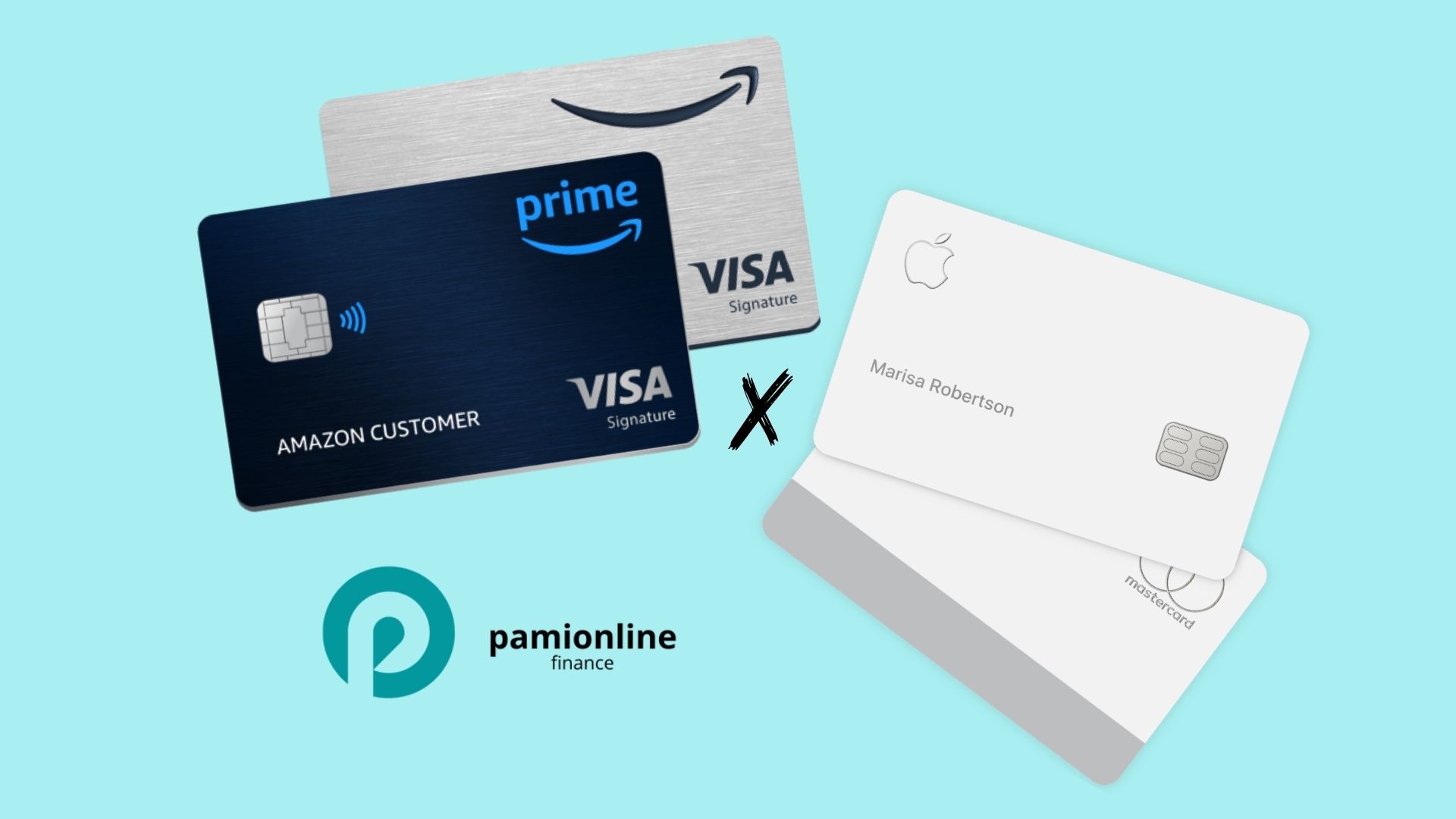Premium credit cards in 2025: benefits exclusive vs. high annual fees
Premium credit cards in 2025 are attracting attention from consumers who want both status and convenience. These products offer travelers, entrepreneurs, and frequent shoppers access to luxury experiences, elite rewards, and specialized protections. Yet, the elevated price tag sparks debates: are the benefits worth the investment, or do the costs outweigh the perks? Understanding this balance is key to making smarter financial decisions and avoiding unnecessary expenses when evaluating such exclusive financial tools.
Financial institutions are competing to deliver distinctive features, from airport lounge passes to concierge services available 24/7. Some even include cutting-edge digital wallets, zero foreign transaction fees, and enhanced purchase protections. However, the prestige often comes bundled with annual fees that can easily surpass $500. Consumers must weigh whether the lifestyle privileges and added security match their spending habits.
Why people seek exclusivity

High-end cards attract those who value not only tangible rewards but also the sense of belonging to a premium tier. Lounge access, complimentary hotel upgrades, and priority bookings deliver a seamless travel experience, which appeals to frequent flyers. These privileges are designed to reduce stress during journeys, making the overall lifestyle feel smoother and more refined.
Another strong driver is the reward system. Cashback rates, loyalty points, and transferable miles can accumulate faster than standard cards, especially when spending aligns with categories like travel, dining, or luxury shopping. Many issuers partner with airlines and hotel chains, offering redemption flexibility and exclusive promotions. For travelers who frequently spend in these areas, the accelerated value can quickly offset some of the card’s high costs.
Beyond points and miles
While rewards are attractive, non-financial perks often hold the most value. Examples include 24/7 concierge support that can secure hard-to-find reservations, early access to entertainment events, and even lifestyle credits for dining or wellness. Some cards now include digital protections, such as advanced fraud monitoring and identity theft support, providing a layer of reassurance in an era of rising cyber risks.
The real cost behind prestige
Despite the shine, annual fees remain the most significant drawback. Many top-tier cards charge between $400 and $700, and some even exceed $1,000. For people who don’t maximize the perks, these fees can feel like paying for a status symbol rather than tangible value. Even with enticing welcome bonuses, it’s important to calculate whether long-term use aligns with one’s lifestyle and financial goals.
Another hidden factor is spending requirements. To unlock the most attractive benefits, cardholders may need to meet high thresholds, which can encourage overspending. This risk makes it crucial to distinguish between genuine financial advantages and perks that only look appealing but don’t fit a person’s actual needs. Reviewing independent analyses on platforms like Forbes Advisor can help consumers avoid these pitfalls.
Who really benefits
Premium options are best suited for individuals who travel often, dine out regularly, or consistently use partner services. Business owners may also find these cards valuable for consolidating expenses and reaping higher-tier rewards. On the other hand, casual users who make limited purchases might find that the elevated costs overshadow the potential gains. Choosing wisely requires an honest assessment of personal spending habits, ensuring that prestige aligns with practicality.
Final thoughts on balancing perks and costs
Premium credit cards in 2025 symbolize access, luxury, and financial leverage. But as tempting as the privileges appear, they aren’t a universal solution. Some users genuinely profit from the services, while others pay hefty fees for benefits they rarely use. The best strategy is to analyze your expenses, compare card offers carefully, and consider expert reviews before committing.
Ultimately, the decision boils down to lifestyle alignment. If you’re already investing in travel, dining, and luxury experiences, these cards can amplify value. If not, a mid-tier option might serve you better, offering essential protections without overwhelming fees. Striking a balance between exclusivity and cost ensures your financial choices remain both practical and rewarding.















